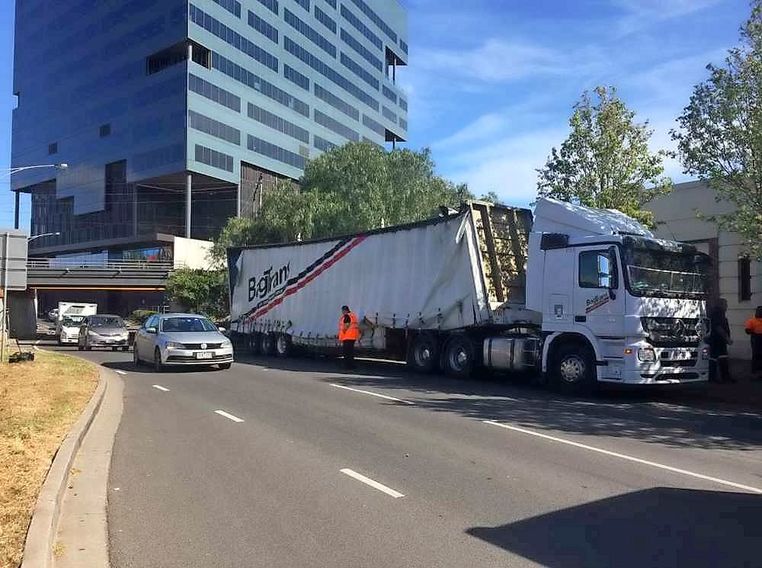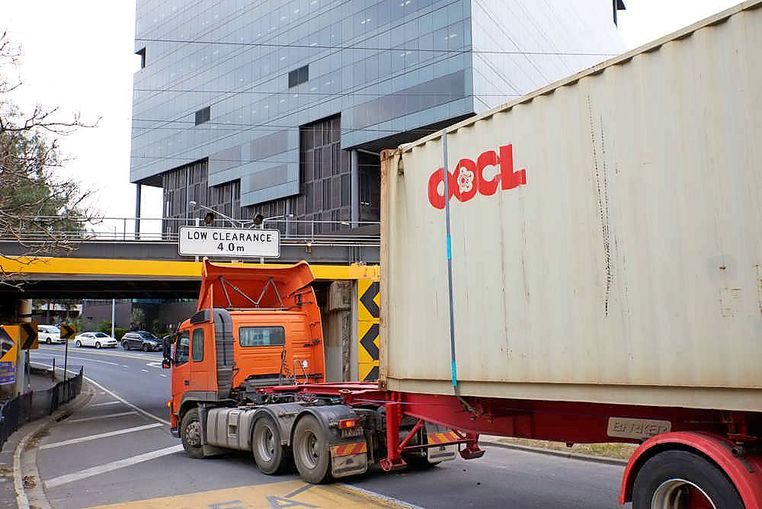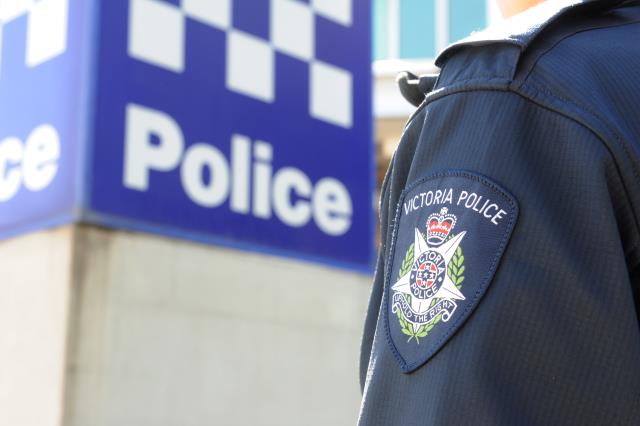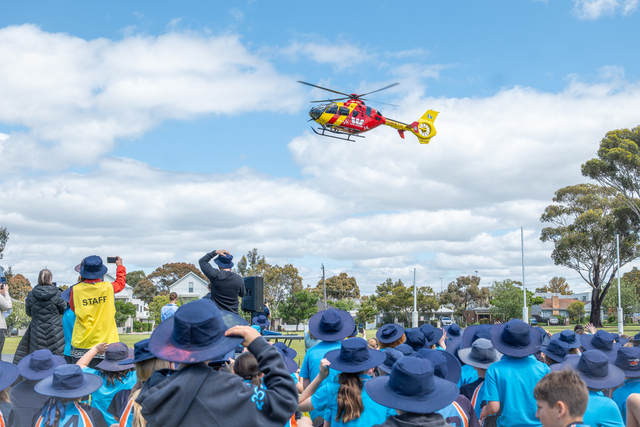Authorities are being pressured to do more to stop trucks crashing into the notorious Napier Street Bridge after two more crashes in recent days took the year’s tally to almost 20.
An inbound truck crashed into a barrier at the Footscray bridge just before 10am on Friday while an outbound truck slammed into a bridge barrier just after 7am on Monday.
Both incidents resulted in lane closures, detours and long delays on the Werribee and Williamstown train lines.
The state government has spent millions of dollars on safety improvements including flashing lights and warning signs to alert oversized trucks of the risk, but the efforts have failed to dint the number of trucks still crashing, often creating lengthy traffic and rail delays.
Maribyrnong Truck Action Group president Martin Wurt said Monday’s crash was the nineteenth time that the bridge has been hit this year.
When will trucks be banned from this most inappropriate freight route?
“What will it take for a ban – a major injury or a death before the government gets serious about a solution?”
Mr Wurt said authorities should consider an overhead chain warning system that makes a loud noise to alert the driver of an impending crash, such as that installed at Montague Street bridge.

“Our warning lights are obviously ineffective as Napier St is up to 19 crashes this year versus Montague’s four,” he said.
“Napier Street needs yet another safety upgrade.”
The crashes came as VicRoads repainted warning signs to avoid confusion over some stating the bridge clearance was 4.0 metres and others stating it was 4.1 metres.
Authorities are continuing to resist pressure to lower the road, raise the bridge or send trucks onto another route.
Mr Wurt said as well as the major safety hazard to road users, authorities need to consider the financial impact of the crashes from lost productivity due to train delays and traffic detours.
A Department of Transport spokesman said automatic electronic over height vehicle detection systems and 28 advance warning signs are in place on both approaches to, and around, the bridge.
“It’s extremely disappointing when these incidents occur as drivers not only put their own, but also the safety of other drivers and the public, at risk,” he said.
“While this technology has reduced the number of bridge strikes at Napier Street, ultimately, the only way to eliminate bridge strikes is for drivers to be aware of the height of their vehicle and plan their journey accordingly.”








